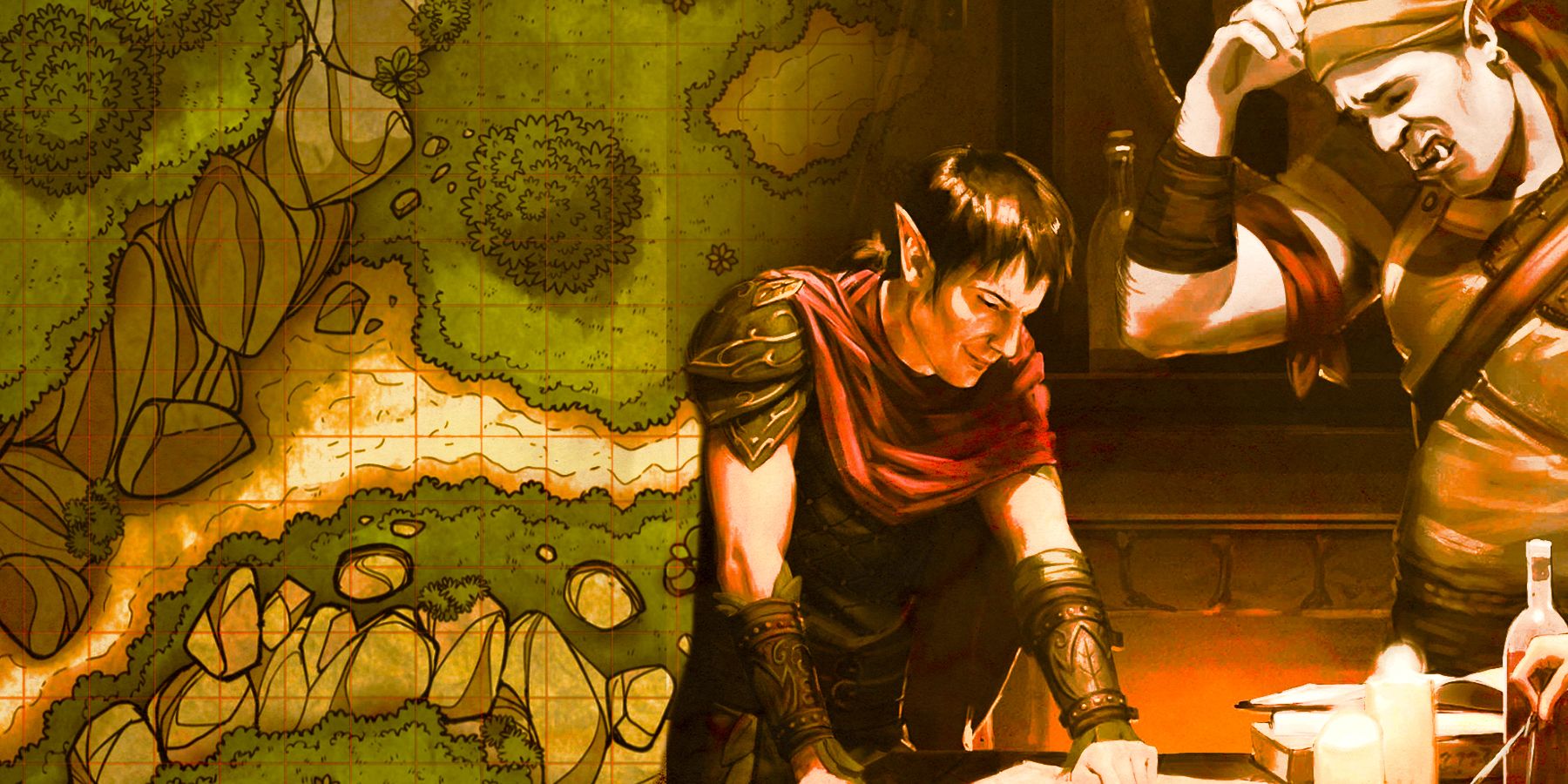
In the realm of tabletop gaming, Dungeon Masters (DMs) strive to create vibrant, living game worlds that players can immerse themselves in. A compelling Dungeons & Dragons experience hinges on a DM’s ability to craft a believable, interactive environment, rich with challenging terrain, diverse weather, and dynamic non-player characters (NPCs). Integrating various elements such as weather and terrain puzzles not only adds depth to the game but also requires players to think on their feet, fostering teamwork and problem-solving skills.
For those looking to enrich their campaigns, populating the game world with a variety of creatures, each with distinct personalities, is key to enhancing player immersion. Beyond the thrill of battle, these living beings provide opportunities for interesting interactions, adding layers to the storytelling and gameplay. Using random tables can introduce unpredictability and excitement, offering fresh experiences every session. These tables serve to add a layer of chaos and spontaneity to the game, ensuring no two sessions are exactly alike, thereby offloading some of the decision-making responsibilities from the DM and contributing to a more realistic and varied narrative.
The process of worldbuilding is foundational in creating a setting that feels alive. A DM’s toolkit for bringing vibrancy to their game world encompasses several strategies, from holding a Session Zero to establish the tone and background details to incorporating PCs’ backstories into the campaign. This inclusiveness ensures that the narrative is not only engaging but also personalized, making the game more meaningful for each player.
Terrain challenges such as impenetrable fog, treacherous mountain passes, and raging rivers add complexity to travel and exploration, pushing players to devise strategic solutions. These environmental puzzles enhance the sense of adventure and danger that defines the essence of Dungeons & Dragons. Furthermore, paying attention to small details, like fluctuating weather conditions and the diverse flora and fauna of the game world, can significantly boost the immersive quality of the gameplay experience.
Injecting life into a game world also involves giving NPCs their unique identities and backstories, which can transform routine encounters into memorable moments. Even minor characters can leave a lasting impression on players through distinctive personalities or quirks, enriching the overall narrative tapestry of the campaign.
The use of random tables is a technique that can infuse unpredictability and fun into the game, prompting spontaneous scenarios that can lead to unexpected developments. Whether it’s determining the outcome of a particular action or the weather, these tables can significantly enhance the dynamism of the campaign.
In essence, creating a living, breathing game world is a multifaceted endeavor that requires creativity, foresight, and a willingness to adapt. By weaving together a rich tapestry of interactive elements, DMs can craft unforgettable adventures that resonate deeply with players, making every session a unique journey into the fantastic realms of Dungeons & Dragons. Through the meticulous design of environments, the thoughtful creation of NPCs, and the strategic use of randomness, DMs empower players to write their epic tales within the boundless confines of their imaginations.
Source






